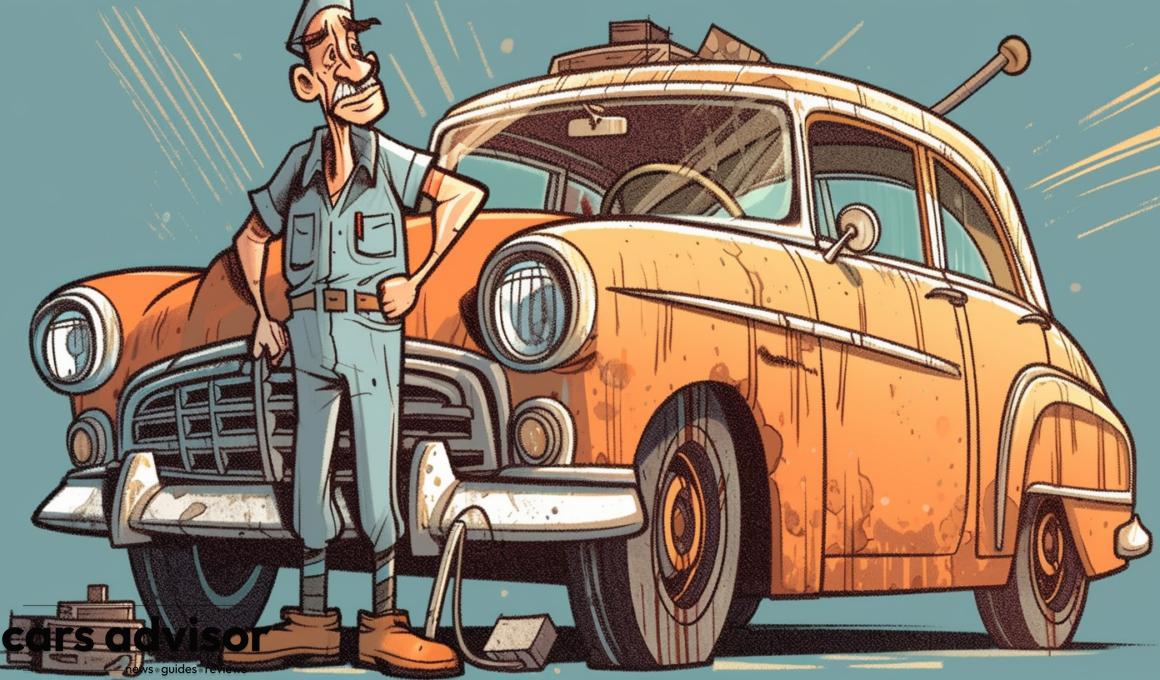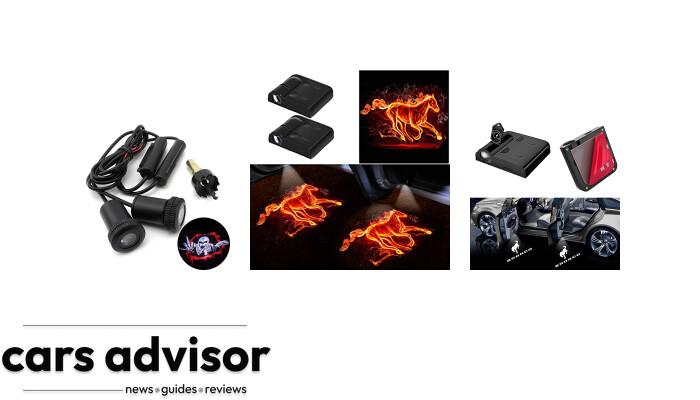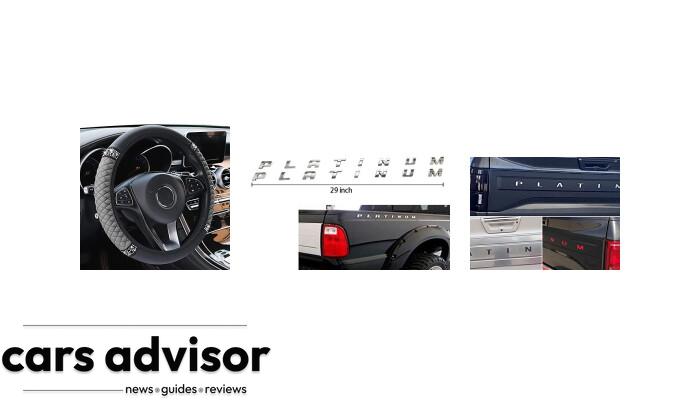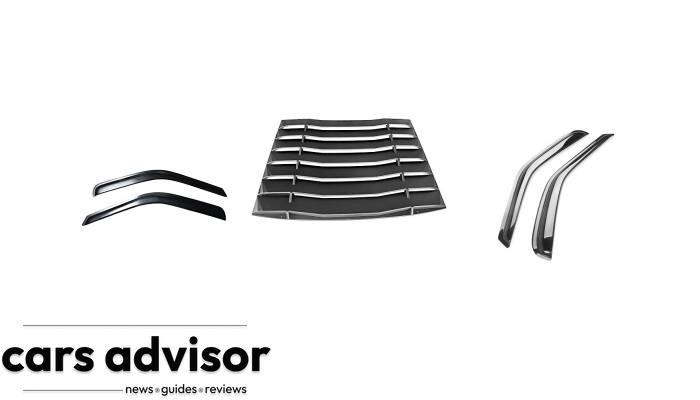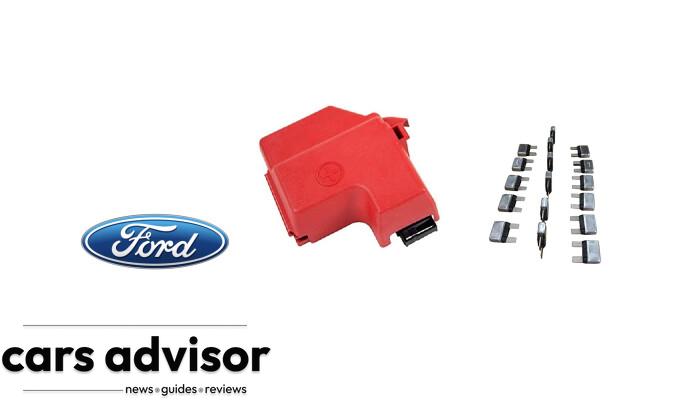TLDR
1. To activate the starter, the solenoid body or starter motor body should be slightly tapped with a hammer.
2. Lightly pounding on the side of the starter with a hard tool for a few minutes can help get the engine running.
3. Sometimes tapping the starter with a hammer can be used as a temporary fix for a failed starter.
4. A regular hammer can be used to tap on the main body of the starter to activate it.
5. Tapping the starter with a hammer should only be done lightly to avoid causing damage.
6. Tapping the starter with a hammer can be a sign of a failed starter or other underlying issues with the vehicle.
7. The solenoid is an electro magnet that pulls the starter motor onto the flywheel.
8. There are various bad starter symptoms that can indicate the need for tapping the starter with a hammer.
9. The location of the starter may vary depending on the make and model of the vehicle.
10. Tapping the battery with a hammer is not recommended as it can cause damage to the battery.
Understanding The Starter System And Its Components
The starter system is responsible for activating the engine and consists of several components including the battery, starter motor, solenoid, ignition switch, and wiring.Components Of The Starter System
The starter system of a vehicle is essential for getting the engine up and running. It involves several critical components that work together to initiate the engine cranking process. The key components of the starter system include:- Battery: Provides electrical power needed to start the engine.
- Ignition Switch: Activated by inserting and turning the car key, it sends an electrical signal to the starter system.
- Starter Motor: Converts electrical energy from the battery into mechanical energy, turning the engine over.
- Flywheel: A rotating disc that receives torque from the starter motor and turns the crankshaft, initiating engine movement.
- Starter Solenoid: Serves as a high-current relay connecting the battery to the starter motor, disengaging once the engine is running.
- Crankshaft: Transmits torque from flywheel to pistons in order to provide motion for internal combustion engines.
- Starter Relay (in some vehicles): Enables a smaller current from ignition switch to control larger current needed for starter motor operation.
- Ignition Coil: Converts low voltage from battery into high voltage necessary for spark plugs to ignite fuel/air mixture in cylinders.
How The Starter System Works
The starter system is a crucial component in the engine’s starting process. It consists of several parts, including the battery, ignition switch, solenoid, and starter motor. When the key is turned in the ignition switch, an electrical signal is sent to activate the starter solenoid. The solenoid then pulls a plunger that engages with the flywheel attached to the crankshaft of the engine. This action allows for kinetic energy from the battery to be transferred to start turning over the engine. Once this occurs, high current flows through a series of wires connected between terminals on batteries and coils that power different parts of your car’s electronic components like lights or radio systems while also activating spark plugs which ignite fuel gases inside cylinders driven by pistons as they move up and down compressing air before combustion happens creating motion within those same engines themselves – all thanks in part due specifically towards this critical starting element known as ‘the starter.’Can Hitting the Starter with a Hammer Fix a Car that Starts with Starter Fluid but then Dies?
Can hitting the starter with a hammer fix car starting issues, specifically when the car starts with starter fluid but then dies? While it may sound unconventional, this method, known as starter tap, can temporarily resolve certain starter motor problems. However, it is not a permanent solution and should be undertaken cautiously. Seeking professional assistance is recommended for a long-term fix.
Signs Of A Failing Starter System
If you notice clicking sounds or grinding noises when starting your car, dimming headlights, or slow cranking or no cranking at all, these could be signs of a failing starter system – keep reading to learn how to use a hammer as a temporary fix for the issue.Clicking Sounds When Starting
When you try to start your car and hear a clicking sound, it can be frustrating. This can indicate that the starter system is failing. The clicking sound usually means that the solenoid is not engaging properly, which prevents the starter motor from cranking. One possible cause of this issue may be a weak or dead battery. If your battery has low voltage or cannot provide enough power to turn over the engine, this could prevent the solenoid from engaging correctly. It’s important to check your battery first before assuming there’s an issue with the starter system. If your battery is in good condition yet you still hear a clicking sound when starting your vehicle, then other potential causes include problems with wiring connections between components of the starting system, faulty relays or damaged parts such as corroded terminals on the starter motor itself. In these cases, tapping on either part slightly with a hammer might help to temporarily activate them until they are professionally fixed by an expert auto mechanic.Grinding Noises When Starting
Grinding noises when starting your car can be a sign of a failed starter or other underlying issues. The grinding noise is usually caused by worn-out gears in the starter motor not engaging properly with the flywheel. This issue should not be ignored as it can cause further damage to the vehicle’s engine and transmission. If you hear a grinding noise when starting your car, it’s best to turn off the ignition immediately and have it checked by an experienced auto mechanic. Ignoring this problem could lead to larger repairs such as replacing the entire starter system or even causing irreparable damage to your engine. Remember that regular maintenance and inspection of your car’s starting system can help prevent these problems from happening in the first place.Dimming Headlights
Dimming headlights are a common sign of a failing starter system in vehicles. When the battery is not getting enough power, it may cause the headlights to dim when attempting to start the vehicle. This is usually an indication that there is not enough electrical power being supplied to start the engine. It’s important to note that this issue can also be caused by other problems such as a bad alternator or corroded battery terminals, but if you notice dimming headlights along with other bad starter symptoms like clicking sounds or slow cranking, then it’s likely an issue with your starter system. If you experience this problem while trying to start your car, try tapping the solenoid or starter motor with a hammer before attempting another start. If this method works, it could be a temporary fix for failed starters but replacing them should always be done for permanent solutions.Slow Cranking Or No Cranking
Slow cranking or no cranking when trying to start your car could be a sign of a failing starter system. When the engine is turned over, it should crank with ease and start up quickly. However, if you notice that the engine is struggling to turn over or not turning at all, there may be an issue with the starter motor, solenoid or battery. One solution to this problem is tapping on the side of the starter motor body with a hammer. This can help loosen any stuck brushes or connections within the starter and get it spinning again for starting purposes. However, keep in mind that this is only a temporary fix and seeking professional assistance may be necessary for long-term solutions. In addition to tapping the starter with a hammer, checking other components such as battery voltage levels and replacing damaged parts like worn-out starters can also contribute to fixing slow cranking issues in your car’s starting system. Regular maintenance checks are important to ensure smooth running of your vehicle’s engine without encountering problems when starting up.How To Use A Hammer To Start Your Car Starter
To use a hammer to start your car starter, begin by locating the starter motor and tapping it lightly with the hammer on the main body or hitting the solenoid. Be cautious with the force used to avoid causing damage, and remember that this should only be used as a temporary fix for a failing starter system.Locating The Starter Motor
The starter motor is usually located near the engine block and connected to the flywheel. In some vehicles, it can be found under the engine or on top of it. You may need to consult your vehicle’s manual or an online resource to locate it. Once you have located the starter motor, make sure that all connections are secure and free from corrosion or rust. Check for any visible damage on the starter motor body as well as its electrical components such as wires and solenoid. If you cannot locate the starter motor or experience difficulty in accessing it, seeking professional help might be necessary. A certified auto mechanic can assess your car’s starting issues and provide expert solutions using advanced diagnostic tools and techniques for a successful repair of your vehicle’s starting system.Tapping The Starter Motor Body
Tapping the starter motor body is another way to jump-start your car if it’s not starting. Here are the steps:- Locate the starter motor on your vehicle.
- Use a hammer or any hard tool and lightly tap on the starter motor body a few times.
- Turn the ignition key and see if this has made any difference in starting your car.
Hitting The Solenoid
To start the car using a hammer, hitting the solenoid is one of the steps. The solenoid is an electro magnet that moves when electric current passes through it. Here’s how to hit the solenoid with a hammer:- Locate the starter motor and its components.
- Identify the solenoid on top of the starter motor.
- Use a hammer to lightly tap or hit the side of the solenoid.
- Continue to tap on the solenoid while someone else turns on the ignition switch.
- If hitting the solenoid doesn’t work right away, tap on it several times while attempting to start the vehicle.
Being Cautious With The Force Used
When tapping the starter with a hammer, it’s important to be cautious with the force used. Using too much pressure or hitting too hard can cause damage to the starter motor and ultimately lead to more costly repairs down the line. It’s recommended to lightly tap on the side of the starter instead of using excessive force. In addition, if you notice that your car needs repeated tapping or pounding on the starter motor with a hammer in order for it to start, this is an indication that there may be deeper underlying issues with your vehicle. It’s best not to continuously rely on tapping as a temporary fix but rather seek professional help or consider replacing your faulty starter altogether. Remember that while tapping may temporarily solve starting issues, prolonged use can result in even bigger problems.Alternatives To Using A Hammer To Start Your Car Starter
If tapping the starter with a hammer does not work or if you want a more long-term solution, there are several other alternatives that you can try such as using jump cables, checking the battery, and replacing the starter. Read on to learn about these alternatives and how they can help resolve your car starting issues.Using Jump Cables
Jump starting your car battery can be a simple solution to a failing starter system. Here are the steps to jump start your car using jumper cables:- Park a vehicle with a good battery close to your car so that the jumper cables will easily reach both batteries.
- Ensure both vehicles are turned off and put them in neutral or park, with the emergency brake on.
- Connect one end of the red jumper cable clamp to the positive terminal on your dead battery.
- Connect the other end of the red jumper cable clamp to the positive terminal on the live battery.
- Connect one end of the black jumper cable clamp to negative terminalofthe live battery
- Finally, connect the other end (negative) of this black cable to an unpainted metal surface under your hood while trying not come into contact with any part scrubbing against engine parts as it may cause sparks
- Allow approximately five minutes for charging before attempting ignition.
Checking The Battery
Checking the battery is an important step when troubleshooting a car that won’t start. Here are some things to consider:- Look for signs of corrosion around the battery terminals. This can impede the flow of electricity and cause starting problems.
- Check the battery’s voltage with a multimeter. A reading below 12 volts could indicate that the battery needs to be recharged or replaced.
- Inspect the battery for any physical damage, leaks, or swelling. These are signs that it needs to be replaced.
- Make sure the battery cables are connected tightly and securely to the terminals.
- If you have access to another vehicle, try jumpstarting your car using jumper cables.
- If none of these steps solve the problem, it may be time to seek professional help to diagnose any underlying issues.
Replacing The Starter
Replacing the starter is a long-term solution for starting system problems. Here are some steps to replace a starter:- Disconnect the battery cables before starting any work on the car.
- Locate the starter motor under the hood of the vehicle.
- Remove any components that may be in the way of accessing the starter, including air intake tubing or brackets.
- Label wires on the old starter with tape to ensure they are reconnected correctly to the new one.
- Remove bolts holding starter in place and remove old starter.
- Install new or rebuilt starter by aligning it with mounting holes and bolting it in place.
- Reconnect all electrical connections, putting each wire back onto its corresponding post on the replacement starter.
- Reconnect battery cables that were disconnected earlier
- Test your newly installed or replaced starter to see if it has solved your starting issues.




